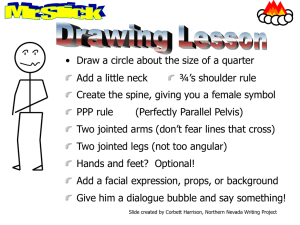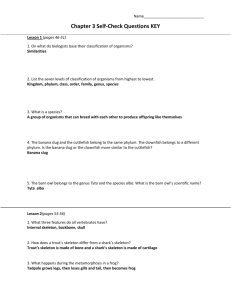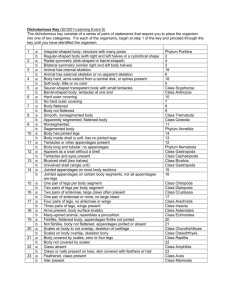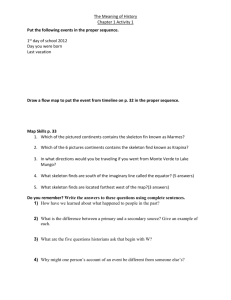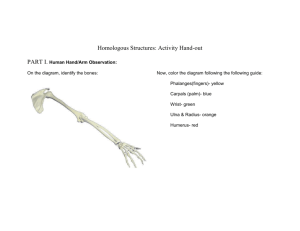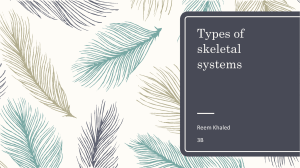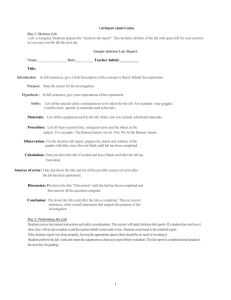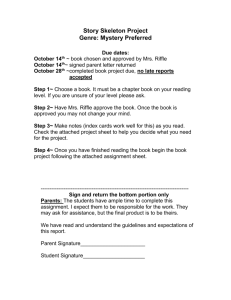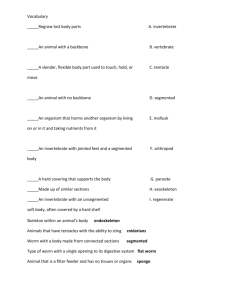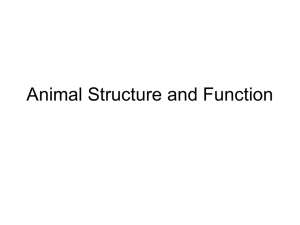Ch 33 Invertebrates
advertisement
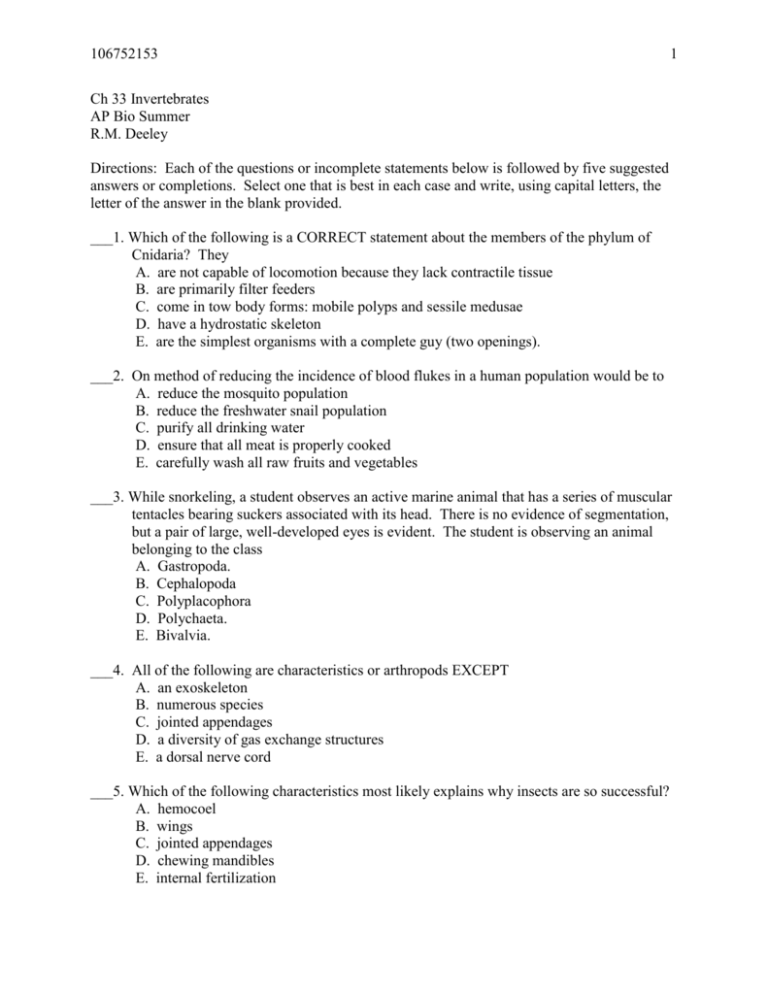
106752153 1 Ch 33 Invertebrates AP Bio Summer R.M. Deeley Directions: Each of the questions or incomplete statements below is followed by five suggested answers or completions. Select one that is best in each case and write, using capital letters, the letter of the answer in the blank provided. ___1. Which of the following is a CORRECT statement about the members of the phylum of Cnidaria? They A. are not capable of locomotion because they lack contractile tissue B. are primarily filter feeders C. come in tow body forms: mobile polyps and sessile medusae D. have a hydrostatic skeleton E. are the simplest organisms with a complete guy (two openings). ___2. On method of reducing the incidence of blood flukes in a human population would be to A. reduce the mosquito population B. reduce the freshwater snail population C. purify all drinking water D. ensure that all meat is properly cooked E. carefully wash all raw fruits and vegetables ___3. While snorkeling, a student observes an active marine animal that has a series of muscular tentacles bearing suckers associated with its head. There is no evidence of segmentation, but a pair of large, well-developed eyes is evident. The student is observing an animal belonging to the class A. Gastropoda. B. Cephalopoda C. Polyplacophora D. Polychaeta. E. Bivalvia. ___4. All of the following are characteristics or arthropods EXCEPT A. an exoskeleton B. numerous species C. jointed appendages D. a diversity of gas exchange structures E. a dorsal nerve cord ___5. Which of the following characteristics most likely explains why insects are so successful? A. hemocoel B. wings C. jointed appendages D. chewing mandibles E. internal fertilization 106752153 Below is a proposed phylogeny for major clades of the animal kingdom, with several of the lineages labeled (A-E). ___6. The ancestors of which clades possessed a true coelom? A. A and B only B. C and D only C. C, D, and E D. B, C, D, and E E. all of these ___7. To which clade do humans belong? ___8. While working in your garden, you uncover an animal with many legs, mostly one pair per segment. The animal is very fast and hard to catch. The animal is probably a A. millipede B. caterpillar C. centipede D. polychaete worm E. sow bug ___9. Annelids are abundant and successful organisms characterized accurately by all of the following EXCEPT A. a hydrostatic skeleton B. segmentation C. a complete digestive system D. some parasitic forms E. a cuticle made of chitin ___10. The larvae of many common human tapeworms are usually found A. encysted in human muscle. B. encysted in the muscle of an animal such as a cow or pig C. in the abdominal blood vessels of humans D. in the human intestine E. in the intestines of cows and pigs 2 106752153 3 Essay Question: Answers must be in essay form. OUTLINE form is NOT acceptable. Labeled diagrams may be used to supplement discussion, but in no case will a diagram alone suffice. It is important that you read the question completely before you begin to write. 12 points. One of the universal themes in biology is that form fits function. This also applies to an organism’s life style. With only few exceptions, most animal phyla are represented in the ocean. Discuss how form of the organism fits its acquisition of food. Include morphological features of body plan, skeleton, musculature, or nervous system as they apply to the following organisms. Hexactinellida: glass sponges, Porifera Nereis: polychaete, “blood worm”, Annelida Oysters: Mollusca Sea nettle: jellyfish, Cnidaria Blue crab: Arthropoda Sea star: Echinodermata

